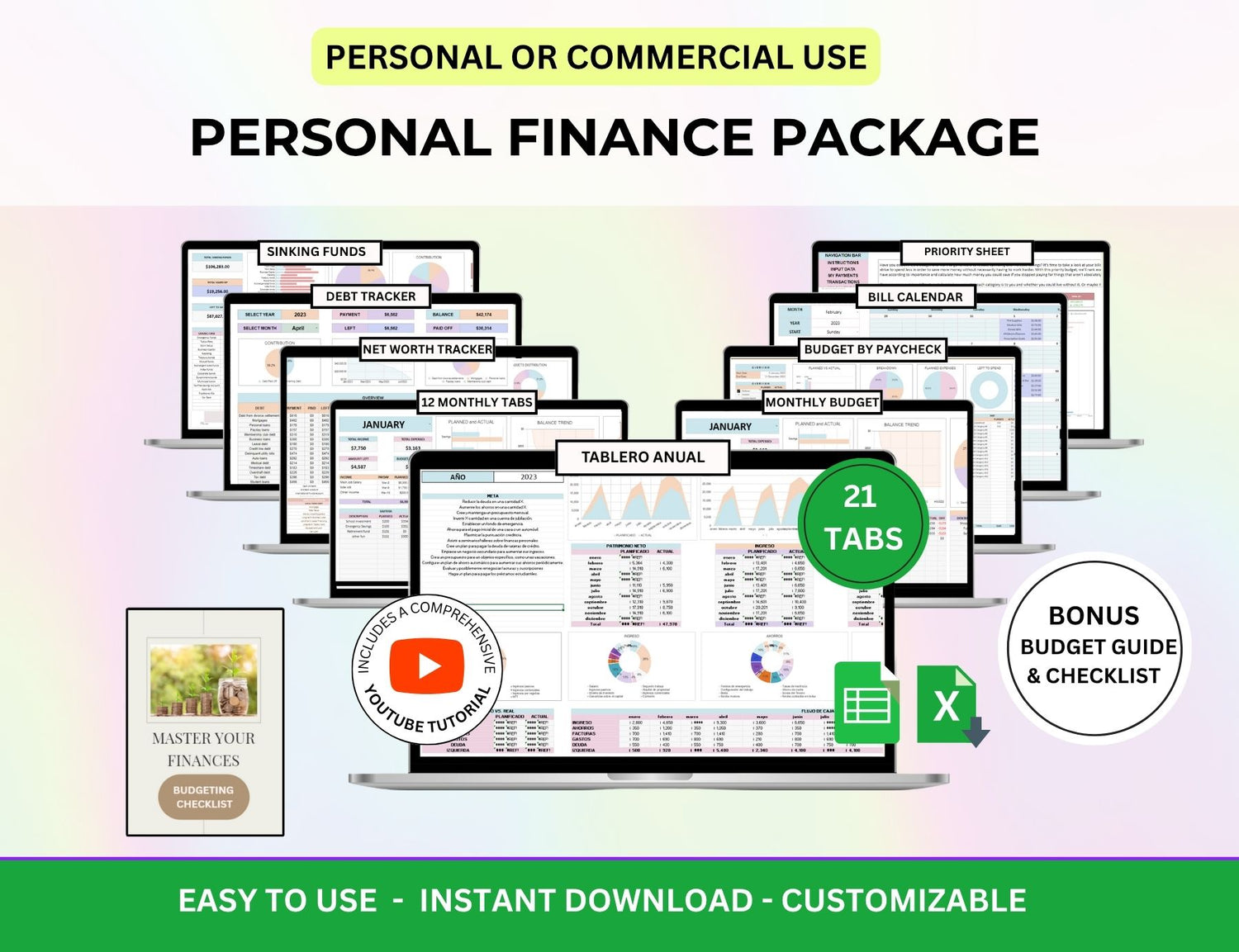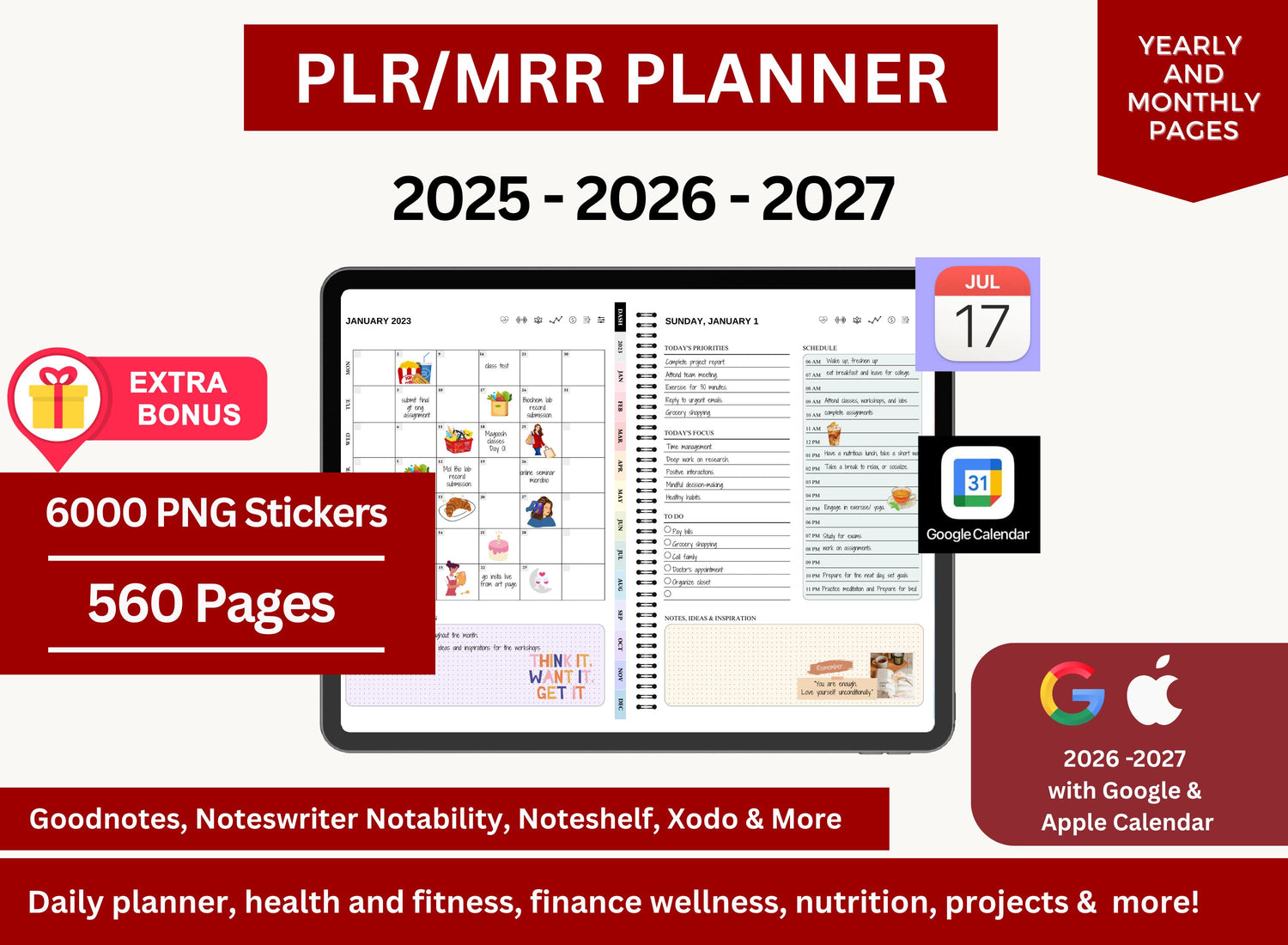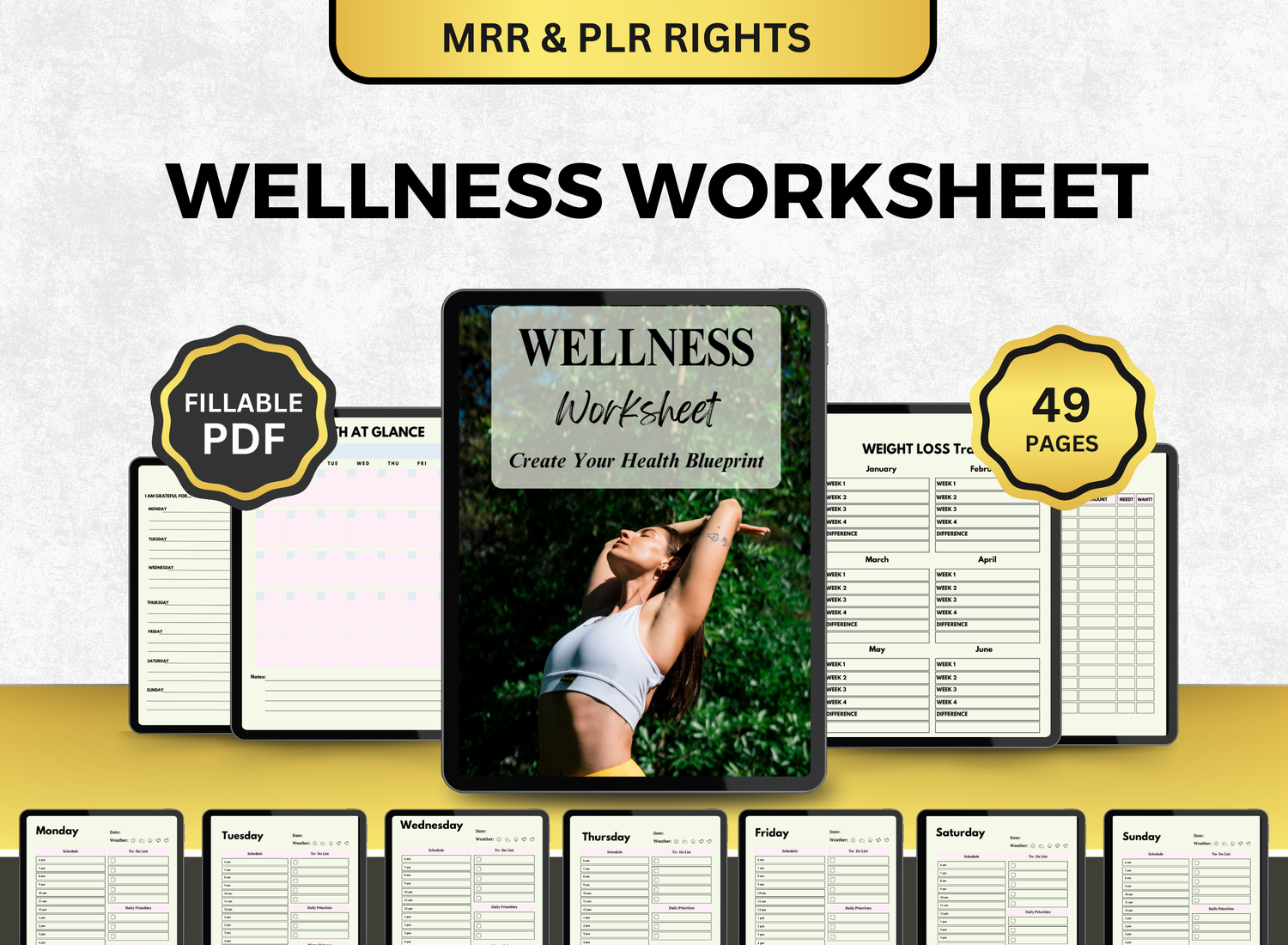From $0 to $10K: My Step-by-Step Digital Dropshipping Strategy With PLR
I’ll be honest—when I first heard about making money online with digital dropshipping, I was skeptical. Not suspicious, exactly. Just... unsure. You know that feeling when something seems both doable and somehow out of reach? That’s where I was.
The idea of making passive income from digital products sounded appealing—of course it did. No inventory, no shipping, and the promise of earning while you sleep? It was like stumbling across a modern gold rush. But how does one go from knowing nothing to actually making money? Specifically, I wanted to understand how people were turning pre-made content—those PLR (Private Label Rights) products—into real income streams.
So I started from scratch. I gave myself 30 days. No budget, no list, no fancy software. Just a willingness to figure it out, fail a little, and see where I could land.
This is the messy, imperfect, real breakdown of how I went from zero to $10,000 using a digital dropshipping strategy built almost entirely on PLR.
TL;DR
What Happened |
Why It Worked |
|
Started broke, sold PLR digital products on Etsy, hit $10K. |
No inventory, no shipping, just smart product choices and persistence. |
|
Used easy-to-edit PLR content (no design skills needed). |
Rebranded products fast using Canva and listed them where people were already buying. |
|
Relied on trending niches and tested what stuck. |
Tweaked listings, played with keywords, and leaned into what actually sold. |
What is Digital Dropshipping, Exactly?
Digital dropshipping isn’t a new concept, but it’s often misunderstood. Think of it as selling digital goods (ebooks, templates, planners, you name it) that you don’t have to create from scratch. You list the product, a customer buys it, and they download it instantly. There’s no inventory, no packaging, no dealing with physical returns. You’re essentially the middle-person between a digital product and a customer who wants it—except you keep all the profit.
Now, PLR—Private Label Rights—adds another layer. With PLR products, you're allowed to take pre-created content and either sell it as-is or edit it to make it your own. Sometimes you can even pass on the resell rights to your buyers. Those are called Master Resell Rights (MRR). It’s a powerful model, but only if you understand how to use it well.
(An example of a PLR product; lifestyle digital planner.)
Step 1: Choosing the Right PLR Products
I didn’t jump into this with a perfect plan. I browsed dozens of PLR websites, downloaded a few freebies, and honestly? A lot of them felt... dated. Like clip art from 2009 kind of dated.
But then I stumbled across this digital set for personal development, and it genuinely felt like a more curated, polished offering. The products were better designed, more relevant to modern business needs, and—this part mattered to me—they came with clear usage rights. That’s something a lot of people overlook. You really don’t want to build a brand around a product you don’t have the legal right to sell.
So I grabbed the bundle. I didn’t use every product right away, but it gave me a solid toolkit. Something to work with.
(This is the one I saw, personally; personal development bundle for Google Sheets.)
Step 2: Pick a Niche (Even If You're Unsure)
Everyone says “pick a niche,” but no one really explains how to do that if you’re not already an expert in something.
Here’s what I did:
- I listed topics I wouldn’t hate writing about or designing around.
- I checked Etsy, Gumroad, and Pinterest to see what kinds of digital downloads were trending in those areas.
- I picked productivity and personal growth. Not because I’m a guru, but because I’ve tried every planner and habit tracker under the sun. I figured that was good enough.
Would I pick a different niche now? Maybe. But I think it’s okay to start imperfectly and adjust later. That’s part of what made this feel more like an experiment than a business at first.
(A preview of the finance tracker that was part of the personal development bundle.)
Step 3: Customize the Product (A Little Goes a Long Way)
You don’t need design skills, but you do need some customization if you want to stand out. I used Canva—which is free and beginner-friendly—and started making small tweaks to the PLR products I got. New cover designs, updated fonts, a different color palette. I added a short welcome message with my name on it, even though I wasn’t exactly sure what brand I was building.
The point was to make it mine. Even if it was only 10% different from the original, it felt more authentic. That helped with sales, too. People can tell when something looks thoughtful, even if it’s simple.
Step 4: Choose a Selling Platform
I went with Gumroad for the initial launch. Why? No upfront cost. It’s built for digital creators, and I didn’t have to worry about monthly fees eating into my zero-dollar budget. Plus, the checkout flow is smooth, and it delivers downloads automatically. (I later added Etsy once I had a bit of traction, which brought in a whole new type of buyer.)
Both platforms have their pros and cons. Etsy has more organic traffic but higher competition. Gumroad is better for building your own audience. Honestly, both worked for me—but not right away.
Step 5: Drive Traffic Without Spending a Dime
If you don’t have a budget for ads (I didn’t), you need to rely on organic marketing.
Here’s what helped:
- Pinterest: I pinned mockups of the planners and templates. Some of them took off—slowly at first, then faster.
- Instagram: I posted behind-the-scenes content and short reels about productivity hacks. Some videos got 100 views. One got 10,000.
- Reddit and Quora: Answered questions where relevant. No spamming. Just helping and linking when it made sense.
I didn’t post every day. Sometimes I forgot. Other times I doubted if any of it was working. But over a few weeks, I started getting trickles of traffic. And then sales.
Step 6: Reinforce With an Email List
I put a freebie up—a sample productivity worksheet—and set up a simple email sequence in ConvertKit. Three emails. That’s it.
- Welcome email with the freebie.
- A short “why I love this planner” story.
- A soft offer with a discount code.
It worked better than I expected. I only had about 200 people on the list at the end of month one, but the conversion rate was solid. I think the key was writing like a person, not a brand.
(An example of a free personal finance analysis spreadsheet that came with a product bundle.)
Step 7: Reinvest and Scale
By week four, I’d made a little over $900. Most of that came from a single product that just clicked with buyers—a minimal daily planner with affirmations. I tweaked it three times based on feedback. Then I bundled it with another digital download.
With the money I made, I reinvested in:
- More PLR bundles (I went back on Etsy for additional digital products).
- Better mockups from Creative Market and Etsy sellers.
- Automations to save time (like email responders and social media schedulers).
Eventually, I added Shopify, hired a virtual assistant, and ran a few paid Pinterest ads. The income didn’t double overnight. It took maybe three or four months before I crossed the $10,000 total revenue mark.
(Another example of a PLR product; Canva Etsy mockup templates bundle.)
But Was It Passive Income?
Here’s the honest part: not at first. The first month was work. Creating listings, designing covers, writing descriptions—it took time. But once a product started selling, it became semi-passive. The download delivered itself. The emails went out automatically. I didn’t have to touch it again.
And that’s where digital dropshipping really shines.
Passive income is real. But it’s rarely 100% passive at the beginning. Think of it like building a vending machine. You have to stock it, set it up, and figure out which items people actually want. But once it's running? It works for you.
Why This Matters If You're Struggling Financially
I don’t know your situation. Maybe you’ve tried side hustles before that didn’t work. Maybe you’re just burnt out or overwhelmed. But this—selling digital products—might be a more achievable route than you think.
Especially when you’re using resources like PLR, which remove the most intimidating part: starting from scratch.
If you’re stuck, out of ideas, or just need something that feels possible again, a product like a budget by paycheck finance tracker could be a starting point. It's not magic. But it gives you options. And when you're low on time, money, or energy, having a ready-made product you can tweak and sell is... kind of a relief.
Final Thoughts (Messy but Real)
Did I make $10K overnight? No.
Did I doubt myself a dozen times along the way? Absolutely.
But the idea that someone like me—with no tech background, no budget, and no clear plan—could build an income stream like this? That changed something. It shifted how I thought about work and money.
If you're thinking about trying this, go into it with a curious mindset. Don’t expect perfection. Don’t aim for overnight results. Just aim for progress.
Try one product. Customize it a little. Put it out there. See what happens.
You might be surprised by what’s possible.
Use Code "SAVE20" To Get EXTRA 20% OFF When You Buy 2+ Products












